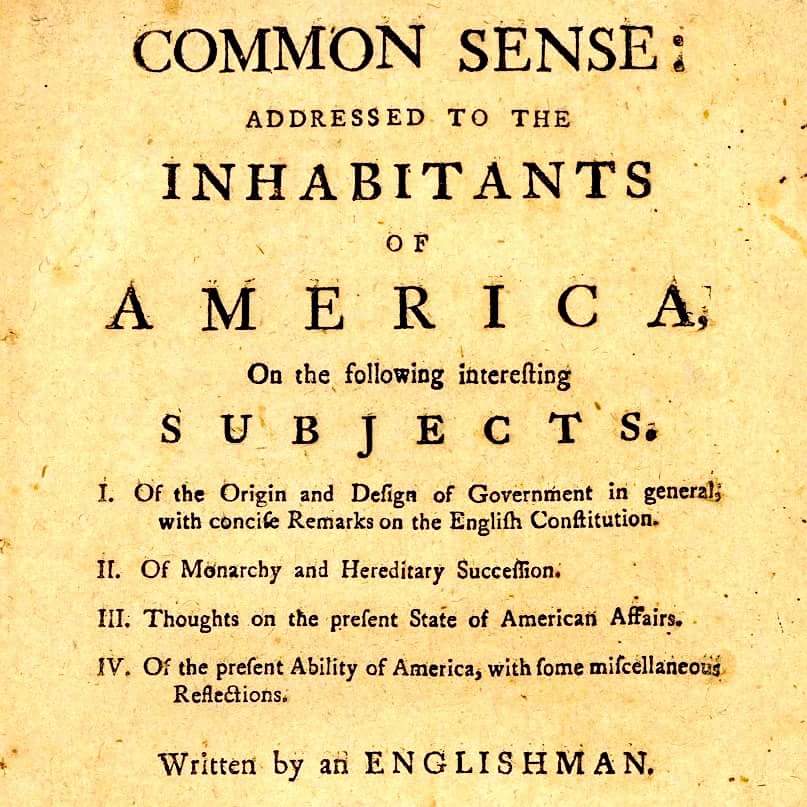Get Tech Tips
Subscribe to free tech tips.
What Does “Air Free CO” (Carbon Monoxide) Mean?
Almost everyone knows that CO (carbon monoxide) is really nasty stuff and nothing to play around with. Humans will often begin exhibiting symptoms of CO poisoning at 200 ppm (parts per million) of CO in a space. Studies have also shown that the effects of CO exposure can accumulate over time, resulting in health problems that don't show up all at once in extreme symptoms.
All of this is to say that testing for and monitoring CO levels in occupied spaces using stationary and personal protective CO monitors and alarms is a must. It is also a best practice to inspect fuel-burning appliances for combustion safety and efficiency using a combustion analyzer.
One of the readings taken in the flue of a fuel-burning appliance is the CO in PPM, but in many cases, we refer to it as CO “air free.” Many combustion analyzers calculate it automatically.
In essence, CO air free is a calculated PPM of CO that takes the “excess air” or air that was not used in combustion and removes it from the equation. This means that the CO Air Free number will always be higher than the uncorrected CO number.
The way air free CO is calculated is by first calculating the difference in the flue O2 (oxygen) percentage compared to the percentage of oxygen in regular air at sea level, which is 20.9%.
So, the formula is:
Air Free CO (in ppm) = Measured CO ppm x (20.9 ÷ (20.9 – O2% in the flue gas)
Or, set by step:
20.9 minus the measured percentage of oxygen in the flue; let's say we measured 5%, so that would equal 15.9%.
20.9 ÷ 15.9% = 1.31
We then multiply the measured ppm of CO (let's say it was 87) times the 1.31 we calculated, and we get an air free CO ppm of 87 x 1.31 = 114 ppm of CO adjusted to air free.
Using air free CO helps create a more level playing ground for comparing one appliance to another by preventing high levels of excess air from diluting the CO and giving an improperly low reading.
While it is widely recognized that 400 ppm CO is the allowable limit for flue CO levels, it is generally possible and recommended for flue CO levels to be below 100 ppm air free.
—Bryan











Comments
I recently passed and am now an A Gas Fitter in Alberta, Canada. We take very little combustion analyses at trade school. I am an HVACR tech up here as well. So will be doing combustion analyses using the Testo analyser on boilers, direct and indirect( mostly) up in the Oilsands of northern Alberta, on units up to 5,ooo,ooo btu. Mostly with GP power burners. Looking for a manual and/or any info you can provide. Look forward to your response
I recently passed and am now an A Gas Fitter in Alberta, Canada. We take very little combustion analyses at trade school. I am an HVACR tech up here as well. So will be doing combustion analyses using the Testo analyser on boilers, direct and indirect( mostly) up in the Oilsands of northern Alberta, on units up to 5,ooo,ooo btu. Mostly with GP power burners. Looking for a manual and/or any info you can provide. Look forward to your response
What kinda info are you looking for?
What kinda info are you looking for?
To leave a comment, you need to log in.
Log In